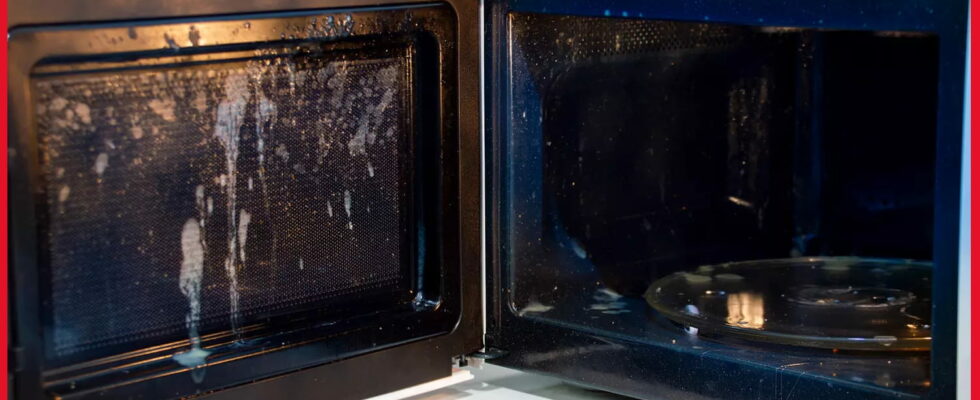According to a study, your microwave can harbor more than 100 species of bacteria. Here’s the mistake you should definitely avoid.
The microwave is one of the most practical appliances in a modern kitchen. Fast and easy to use, it allows you to heat or cook dishes in record time. However, behind this convenience lies a real breeding ground for bacteria if the appliance is not properly maintained.
A recent study, led by microbiologist Manuel Porcar of the University of Valencia in Spain, and published in the journal Frontiers in Microbiologyrevealed that more than 100 species of bacteria can grow inside this device, especially if certain common mistakes are not avoided.
For the study, scientists collected samples from 30 microwave ovens in active use, spread across three types of environments: 10 in home kitchens, 10 in laboratories, and 10 in shared spaces, such as canteens. Samples were taken from the ovens’ internal surfaces, including the walls and turntable. The results are alarming.

Of the more than 100 species of bacteria identified in poorly maintained microwaves, some can be particularly dangerous. Among the bacteria found in home microwaves, researchers have identified species that can cause foodborne illness, such as Klebsiella, Brevundimonas, Bacillus, Curtobacterium, Prolinoborus, Pseudomonas, Staphylococus, and others.
These bacteria, and many others, can cause food poisoning, gastrointestinal infections, and even more serious complications in vulnerable people. Porcar points out that the microorganisms present in domestic microwave ovens are similar to those found on any surface in a kitchen. “Some of them are pathogenic and you have to clean the microwave as much as you would any other surface in a kitchen.”
Although the study found that there is a significant presence of bacteria in microwave ovens, the researchers advise against panicking. Microwaves should not be a cause for concern as long as they are kept clean, just like any other part of a kitchen that comes into contact with food.
To avoid any contamination, don’t make the mistake anymore, and clean your appliance after each use. Cleaning should be done with a clean cloth and a mild cleaning product such as white vinegar for example. Don’t forget to also clean the turntable, which is often in direct contact with food, as well as the walls, where splashes can accumulate. Also remember to always cover your dishes with a suitable lid to avoid splashes inside the microwave.
